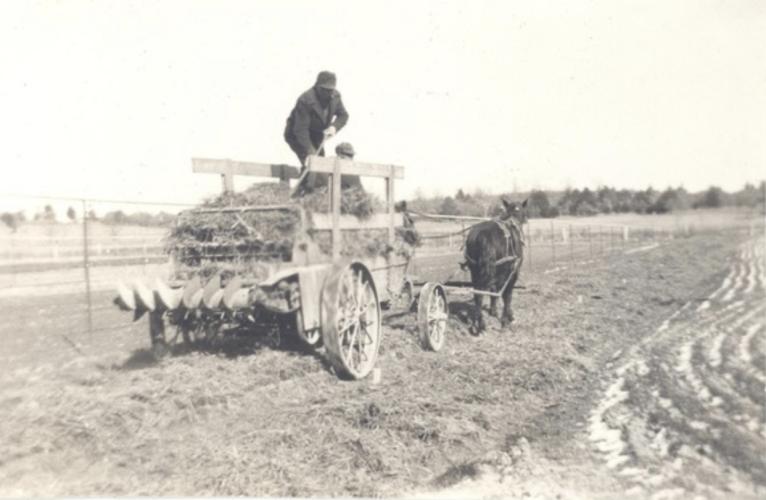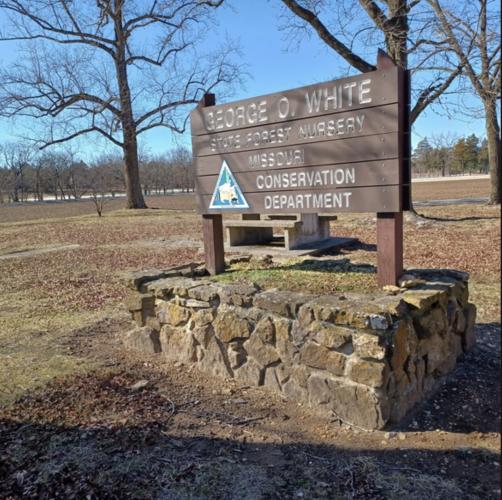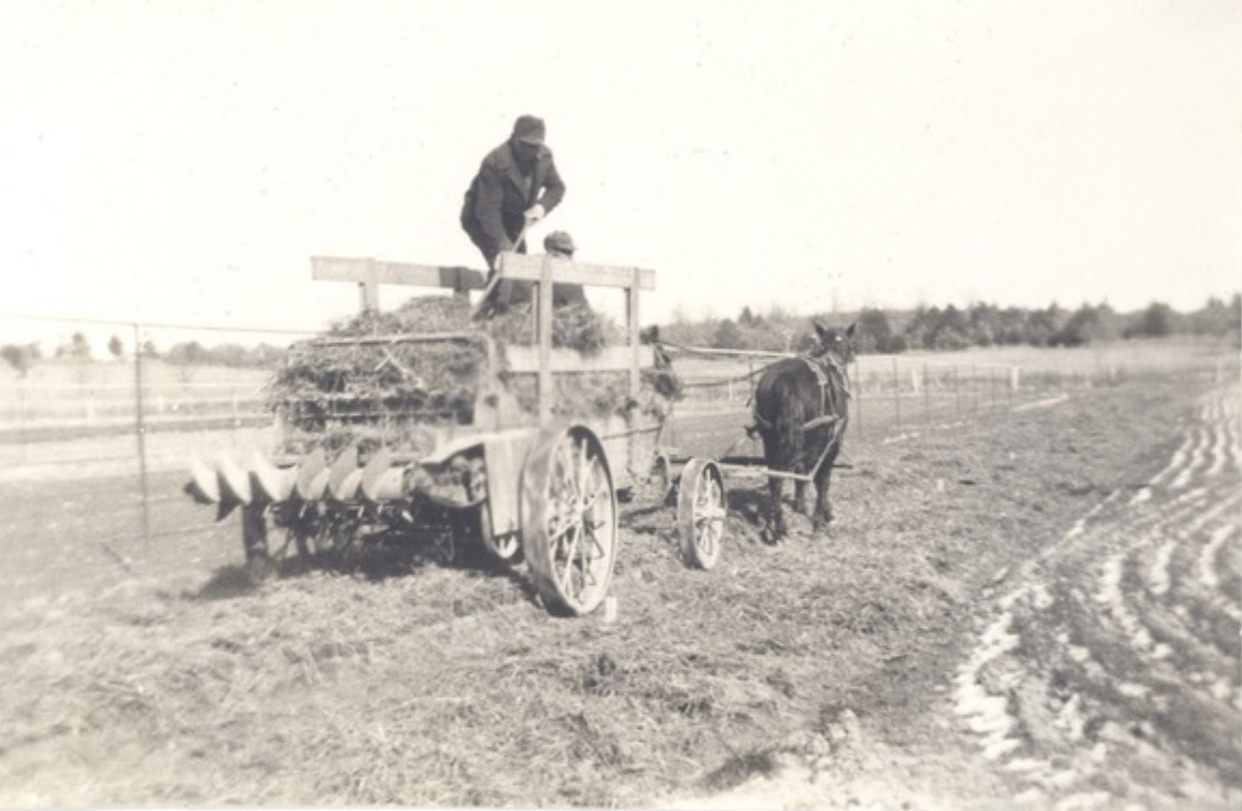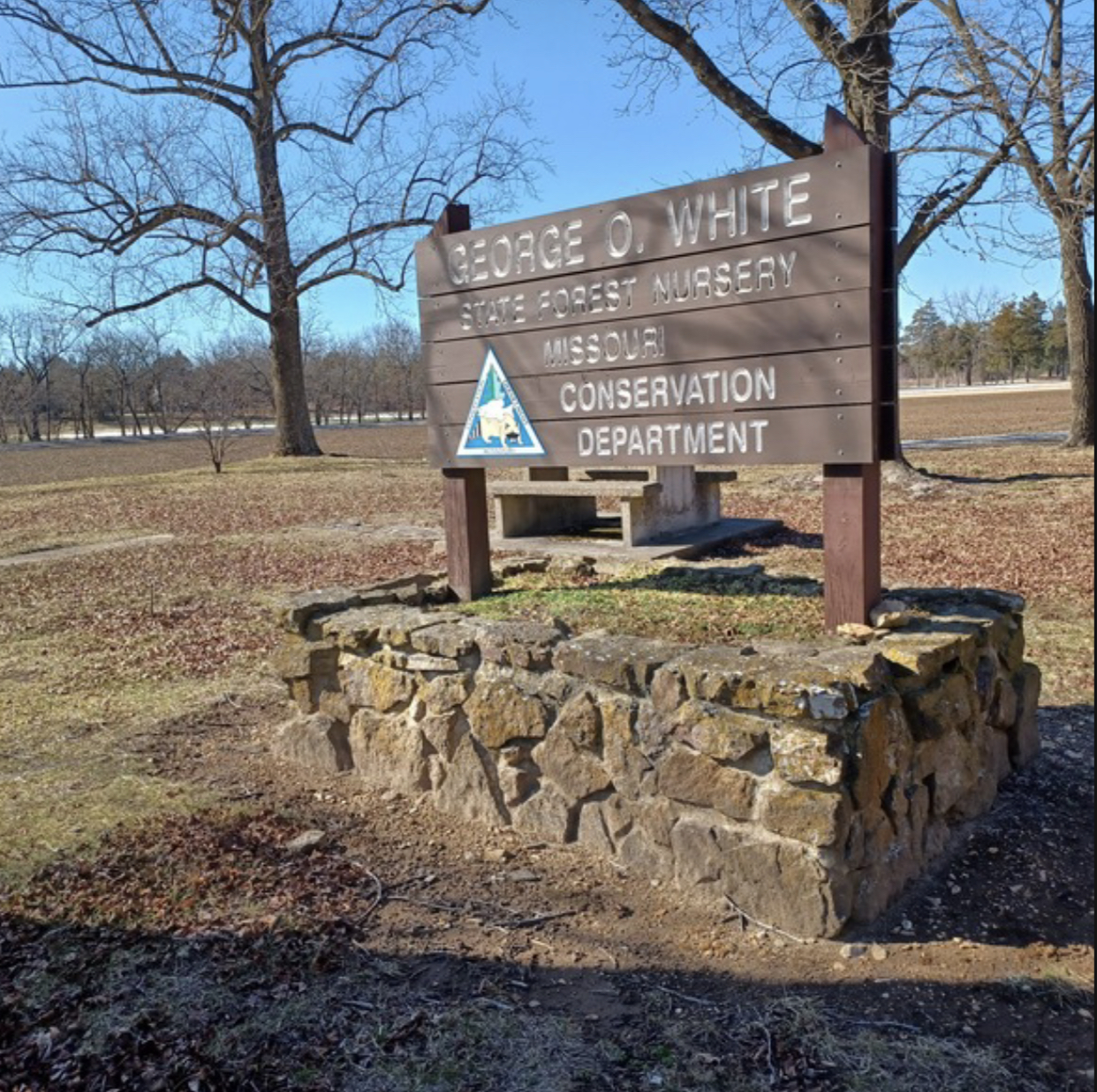
Xplor reconnects kids to nature and helps them find adventure in their own backyard. Free to residents of Missouri.




LICKING, Mo. – In 1934, the outlook for Missouri’s forests was glum. Thanks, in part, to nine decades of tree production at the Missouri Department of Conservation’s (MDC) George O. White State Forest Nursery near Licking, the state’s forestry situation is much better today.
The facility that has placed millions of trees on the state’s landscape since it began in 1934 will celebrate its 90th anniversary on April 6. On that day, from 9 a.m.-2 p.m., George O. White Nursery staff will conduct 1½ hour tours that will provide insight into the science and technology needed to produce more than two million seedlings that are allocated annually to meet public and private tree needs around the state. People can learn how seeds are processed for planting and how 70 species of trees are grown at the nursery. There will also be souvenirs available at the nursery office. Other events that day will include a fishing clinic at the nursery lake and the chance to see a portable sawmill in operation. All parts of the event are free, but people need to call in advance to make reservations to go on the tours. They can do so by calling the nursery at 573-674-3229. Nursery manager Mike Fiaoni said people will be able to learn about the facility’s past significance and present operations at the April 6 event.
“On April 6, visitors will learn some of the history of the nursery, they will see the equipment we use, see how we lift seedlings from the beds, grade them, store them, and process them for shipping,” Fiaoni said. “They will also see how we process the fruit we buy to get the seed and how we store the seed.”
When the George O. White Nursery began, it was a federal facility with a different name. It initially was known as the Licking Nursery (because it was located near the Texas County community of Licking) and was operated by the U.S. Forest Service. The goal of this new facility – much of which was built with labor provided by the Civilian Conservation Corps (CCC), Works Progress Administration (WPA), and local residents – would be the re-forestation of publicly owned land in southern Missouri.
It was a task that was needed. A southern Missouri landscape that featured abundant forest cover when the first settlers arrived a century earlier was in desperate need of recovery by the early 1930s. Several decades of commercial timber harvests that had been conducted with little regard for the landscape had stripped many areas of most of its forest cover.
Another problem were wildfires – and annual intentional land-clearing burns which frequently got out of control and became wildfires. In the 1930s, it was estimated that fire burned approximately a third of the state each year.
On top of this were farming practices that weren’t always land-friendly.
This ongoing forestry mismanagement had ravaged many once-forested areas to the point that they had little commercial, agricultural, or residential value. Some areas had been completely abandoned by humans. Deer, turkey, and other wildlife species that needed forests as part of their habitat weren’t faring well, either. Soil erosion, caused by a lack of tree cover, was having negative impacts on local farming practices and on the water quality of streams in the region.
Realizing that reestablishing forest cover was the solution to the region’s economic and environmental problems, the U.S. Government began acquiring land in southern Missouri. A vital component of the U.S. Forest Service’s re-forestation strategy in southern Missouri would be the trees produced at its Licking Nursery. When the facility started, its sole mission was to grow trees that could be planted on federally owned land in Missouri. In 1939, this government land became the Mark Twain National Forest and the Clark National Forest. (The two forests were later combined under the heading of the Mark Twain National Forest.)
MDC came into existence in 1937 and became involved in the operation of the nursery. Over the course of several years, ownership of the nursery transitioned from the U.S. Forest Service to MDC. In 1960, the nursery’s name was changed to honor George O. White, who had been MDC’s first state forester. The name was truly fitting since, as a forester for the U.S. Forest Service in the 1930s prior to his career with MDC, White had identified the location near Licking as the site where the U.S. Forest Service should build its nursery.
Today, the George O. White Nursery still raises trees for forestry projects on public lands, but much of the facility’s focus has shifted to serving the tree needs of Missouri’s citizens. Today, 2.25 million seedlings grown at the 100-acre nursery are allocated to public and private needs around Missouri and elsewhere. Many of these seedlings go to Missouri landowners who want to improve habitat on their land. MDC’s annual tree seedling sales run from Sept. 1-May 1. This popular program allows landowners to purchase bundles of seedling trees from the nursery. Bundle sizes vary, depending on the purpose of the planting, but most range between 25 and 50 plants. The nursery also collects thousands of pounds of seed each year – much of which is purchased from the public.
“We’re proud of the role that the George O. White Nursery has played – and continues to play – in restoring and sustaining Missouri’s forests,” Fiaoni said. “Today, the nursery is still playing a vital role in helping re-forest parts of Missouri. People understand the importance of trees in our lives and the need for planting. The next generation is learning how much fun it is to get out, get their hands in the dirt, and plant a tree.”
Learn more about MDC’s George O. White State Forest Nursery, and about how you can acquire trees that can add conservation-oriented benefits to your property, at mdc.mo.gov.
Find this and other MDC media releases in our MDC Online Newsroom.